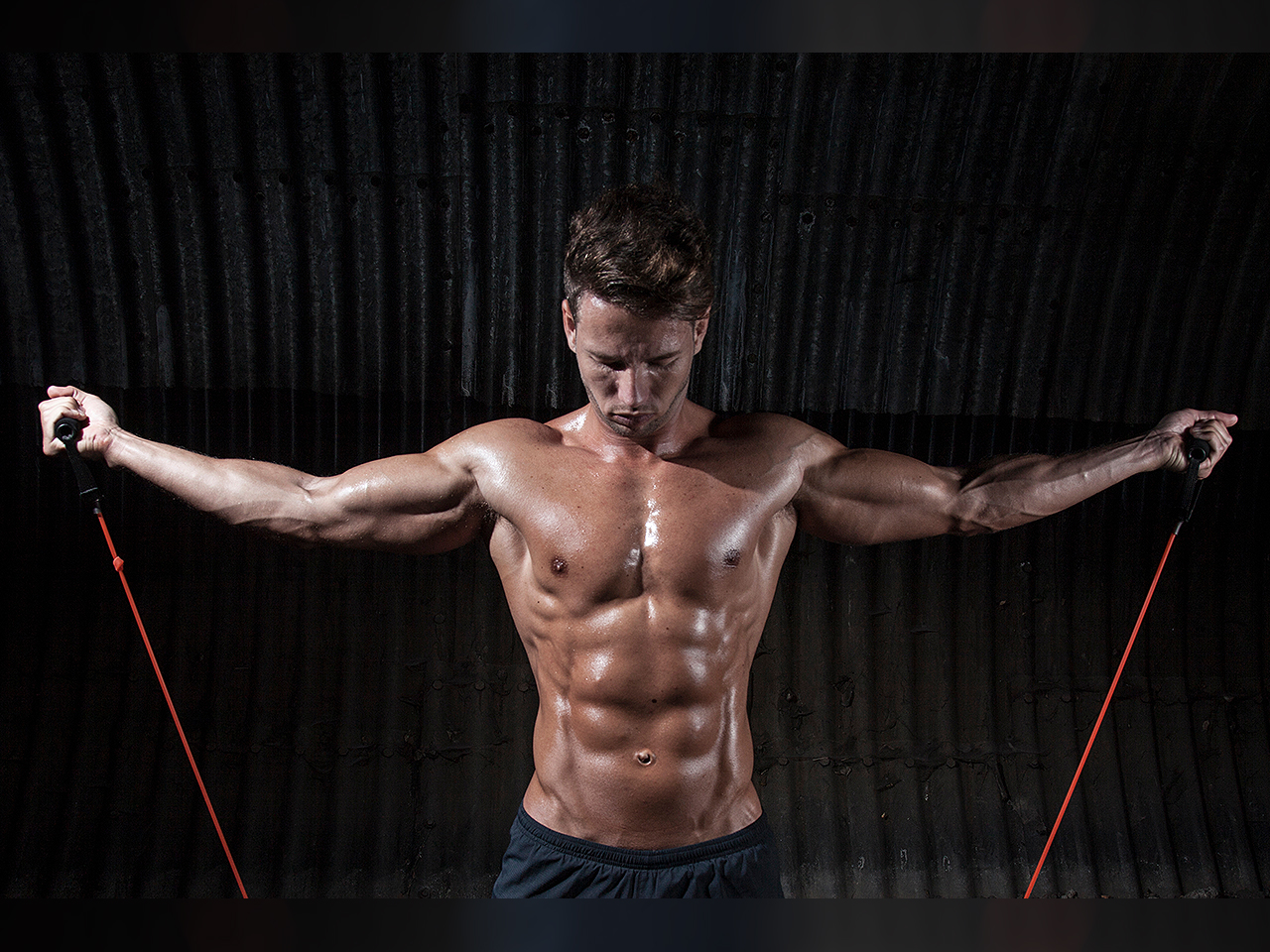Why You Need Resistance Bands
2017 Nov 17th - by
If you've never tried resistance bands, or trying to get familiar with them; you may be surprised at what a great addition they are to your workouts.You might just stay home and use them to workout during super cold, snowy or rainy days!
Just by using reinforced rubber bands, you can perform a wide variety of strength training exercises that help tone as well as build muscle- regardless of your fitness level. To give you an idea, you can use them for chest presses, rows, pull ups, shoulder presses, tricep extensions, bicep curls, and squats and so much more!
In terms of workout technicality too, you’re able to maintain resistance through every part of the motion; while many similar free weight exercises don’t necessarily do so. With your resistance band training, every part of both the concentric (lifting) and eccentric (lowering) part of the exercise has resistance, resulting in better range of motion strength and more complete stimulation.
What makes it a huge plus as a workout equipment is that it’s incredibly easy to carry around anywhere. Even while travelling!
You can use them without the help of weights, a spotter or specific equipment. You’re not at all dependant on anything! But you can also incorporate them into your weighted workouts as well. Additionally; if you’re at the gym and the equipment you want to use is busy, you don’t need to waste time waiting on it. Just pull out your resistance bands and you’ll be good to go!
How to make the most of it:
1. Choose resistance bands appropriate you your strength and workouts.
For your workouts, the band should be secured in a way that the length provides appropriate resistance even at the bottom of the exercise. While selected a type of resistance band, if you're an experienced lifter, go for a thicker band. The thicker the band, the more resistance there will be. If you're a beginner or intermediate lifter, go for one with less resistance. Purchasing a combination of bands is ideal to suit a few workouts though.
2. Switch it up with your bodyweight training.
Adding resistance bands to bodyweight workouts will make your workout more challenging. The higher you pull, the greater the strain. If you enjoy challenging your body for growth then you will enjoy this.
3. Amp up your resistance training.
If you want to make your weightlifting more challenging, use resistance bands in addition to your regular weights. For example, run a set of resistance bands around the dumbbell you're curling, and it will force your muscles to work harder as you reach the peak of your curl.
4. Do it as an "after set" or as part of your drop set reps.
If you want to increase your muscular endurance while focusing on your muscular strength, perform an "after set" using resistance bands after every heavy weighted set. For example, after doing a couple heavy reps in your set, immediately transition into a set of 12-15 reps using a lighter resistance band. It will activate the fast-twitch muscle fibers and lead to better muscular endurance. Plus, it will help to build up to muscular fatigue more quickly.
5. Finish your workout with resistance bands.
If you don't want to incorporate resistance band workouts throughout your workout, it is still a good idea to finish off with them. Using light band exercises can be the perfect way to burn off the last of the energy in your muscles and promote fatigue, and will do wonders to complete your workout at total muscular fatigue.
Either way, resistance bands are extremely handy, easy to carry and are a great way to challenge your workouts! Go get some!

